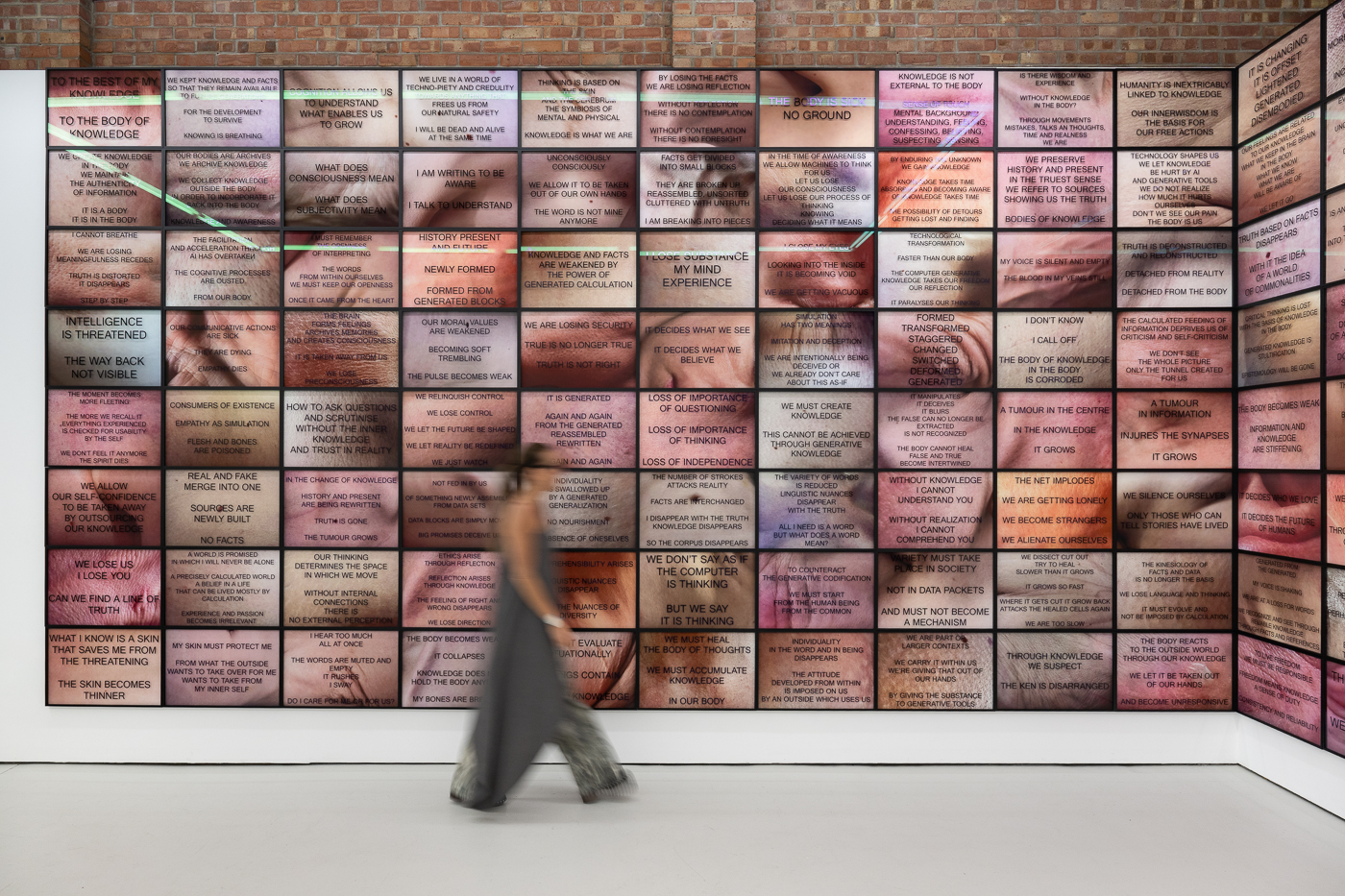Renée Pfister Art & Gallery Consultancy have mentioned Kate Bickmore’s work in their review of the group show Triggered Economics at 34 Bruton Street.
Triggered Economics – An Exhibition in Focus – May 2021
Art is sexy! Art is money-sexy! Art is money-sexy-social-climbing-fantastic!
Thomas Hoving
Throughout the ages, art and money have always been closely coupled; they are in love with each other but sleep in different beds. Art as an asset class can go up and down like any other commodity. Individuals operating in the art market participate for different reasons, depending on their personalities, preferences, ambitions and views.
We are painstakingly aware that the money-sexy-social-climbing ladder is not reachable for emerging artists and galleries. Naturally, their work and the gallery’s roster of artists must demonstrate a visual uniqueness and quality. Still, the endeavours of these people also require opportunities and chances to develop and grow a reputation and clientele.
Covid-19 has caused global turmoil affecting economies, and many companies suffered and faltered. And as a result, the artists, Emma Witter and Jonah Pontzer, with their entrepreneurial instincts, have taken over the former office of Lintel Capital in London’s Mayfair.
Visiting their exhibition Triggered Economics, which presents artworks of both artists and their peers, is a highly refreshing experience. The show is witty, the juxtapositions are well thought through, and one of the special effects keeps visitors literally stuck to the floor due to the reminiscent glue left from the removed carpet tiles. There numerous humour associations visitors encounter and can engage with, as we can in our first image, which shows a painting Pontzer’s, Bidding 2021. Displayed in one of the former executive offices, it is imminently clear who is in control, exuding dominance and power.
We continue with a work by Emma Witter, known for her poetic bone sculptures; Witter transformed remaining cleaning utensils into the conceptual piece I don’t fucking work for you. It consists of an abandoned water bucket left on the floor next to a pool of water and a mop, leaning against the wall, giving the impression that the disgruntled cleaner had enough and walked out.
Moving on, we encounter a painting by Kate Bickmore, who creates immersive, bodily floralscapes inspired by her experiences as a queer woman. She seduces the viewer into a world simultaneously realistic and fantastic — one that intimately weaves the surfaces, depths, and desires of her body with the floral scene. The depicted flowers are covered in droplets that seem to originate from a close-by water dispenser, containing a pink colour fluid, echoing the blossoms’ colour palette. Unsurprisingly, the use of the dispenser has been altered into a delicious merry wine supply.
On the opposite wall, close to the kitchenette, we are confronted by Aaron Ford’s, Man with yellow shirt and blue jacket, a close-up of an unidentifiable individual. The representation reminds of a member of staff or a client in an unclear situation. The hand and posture appear to be calm and comfortable, but after a more extended observation, a weird intensity arises.
And what would an office be without a photocopier? We are familiar with excessive staff parties and the copying of private parts. Hartmann’s hyper-realistic digital images, with their bright and impeccably lit colours, are symbolic of the modern age of the internet. Hartmann chose this colour palette to mimic the brightness of a screen. A reflection on our technology-driven world, his figures’ skin and their environment have all been purposefully oversaturated for reasons that make them strangely uncanny.
There are also works by Anima Linda L’Attornee, Flo Brooks, DIS, Christopher Hartmann, Emily Moore & Patsy Moore, Leon Pozniakow, Sean Steadman and Joseph Yaeger. I would like to encourage you to experience Triggered Economics and support these artists. There are further humorous narratives to be explored and how a disused office can be converted into an innovative exhibition space, referencing its previous existence and its post-pandemic transformation.
…. Emma Witter and Jonah Pontzer have brought together a cohort of their peers in the exhibition, ‘Triggered economics or How to commit to the inevitable’. The show explores capitalist realism, hinting at hauntology and the lost futures of contemporary generations through glossier tropes of this detached zeitgeist. The goal is that the exhibition, much like the best artworks, is self-reflexive, in that ‘it’ knows it has taken over a private investment fund’s office – unabashed in its excess and local surroundings, literally opposite the luxury goods company Hèrmes -.
They further subvert the context with a social initiative, having been handed a corporate property portfolio with permission to allocate empty offices across central London’s Mayfair, Covent Garden and Fleet Street to artists for rent-free periods of two to six months rolling. The governments’ beneficial scheme to reduce rate burdens for corporations lacks in contrast prospects for artists, as they are accruing rent arrears and, in some cases, possible homelessness. Witter and Pontzer reiterate their observations of capital realism, lost futures and hauntology. The market and the capital relationship are, of course, unbalanced, but as a community of artists, they are using the opportunity to safeguard one another. Emma and Jonah have both faced these circumstances historically and know well their negative impact on artists in London and other parts of the UK. Now, they share the opportunity they were given to exhibit their work in a vacant office space, saving their livelihoods and responding in kind.


